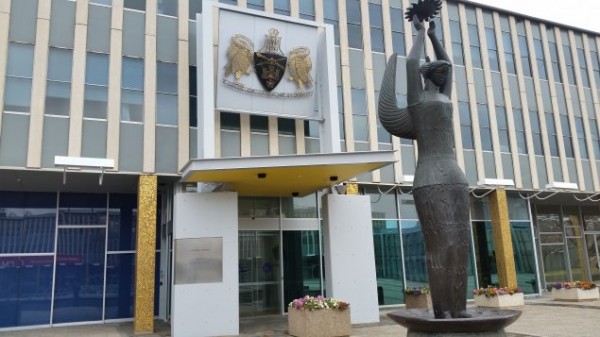The first sitting day of the ACT Assembly in May 1989 was not smooth. Accusations flew about backstabbing Opposition deals being done for thirty pieces of silver; members mournfully noted that the first Assembly included at least four members who thought the Assembly should not exist at all:
Bill Wood (Australian Labor Party): We have not been born in the most auspicious circumstances … This is the only parliament that I know of that has people sitting in it, who now share our aims, who do not want to be here and did not want this parliament to be here. So we have problems. I believe that the first task for us as members [is to show] the community by the way we do things that this Assembly will work, that it is a good idea, that the enormous amount of work we are going to take in is a necessary factor in our progress.
In that first year, the ACT Assembly was literally being made up as it went along. Standing orders, committees, the first set of four ministerial appointments – all done for the first time. The early years weren’t pretty with two government collapses occurring in just over two years.
Independents and protest parties came and went over the first few terms of the Assembly. With the switch to Hare-Clarke voting, the only Independent MLA to survive the first four terms of government was the population health expert Michael Moore.
Over time, the Legislative Assembly has become a more mature representative body. Fourteen years after the declaration of self-government, in the aftermath of the Canberra bushfires, Assembly members said:
Jon Stanhope (Australian Labor Party): If anything good can be taken from this disaster, it is a reminder of the incredible generosity, bravery, resilience and decency of Canberrans … Canberra is not merely a collection of houses and national monuments; it is a living, breathing community with unlimited capacity to give, care and pull together.
Bill Wood (Australian Labor Party): If it was ever in doubt, ACT self-government has come of age.
Twenty-five years on from self-government, there are nearly 100,000 extra people living in Canberra. While it is never popular to say that more politicians are needed, the workload of the Assembly has, in fact, increased dramatically. It is not just because we have extra citizens; today there are many more complex agreements with the Commonwealth and other States and Territories to fund and manage health, education, national security, and social services programs.
After working in the Assembly for a number of years, I’ve seen the stress Ministers go through first-hand as they attempt to balance the portfolio demands from both Territory and Federal public service departments. The appointment of a fifth Minister in 2003, and then a sixth in 2015 were attempts to spread the load more evenly across the Executive. However we still need backbenchers to participate in committees and other important Assembly functions. This, along with the need for stronger local representation by MLAs, is why the expansion of the Assembly to 25 members is welcome.
What will the next 25 years of the Assembly look like? Ultimately, that’s up to all of us. Now that we have five smaller, more local electorates, each of our individual votes has never mattered more.
Over the next 12 months people wanting to take part in the new and expanded Assembly will be asking for your vote (yes, hopefully including me). It’s a good time for reflection on what matters to you about your local representatives. How can they deliver a better Canberra for all of us?
